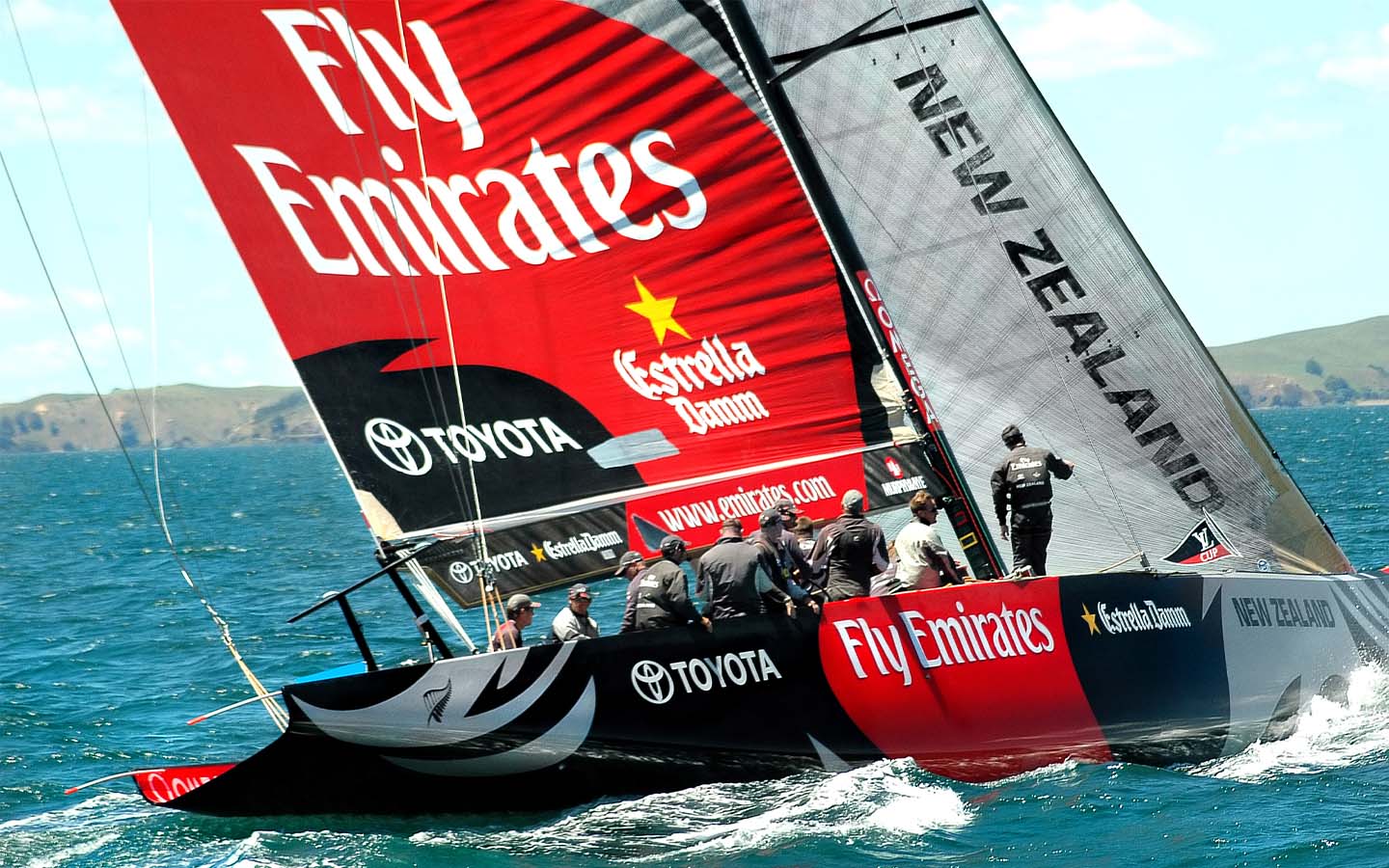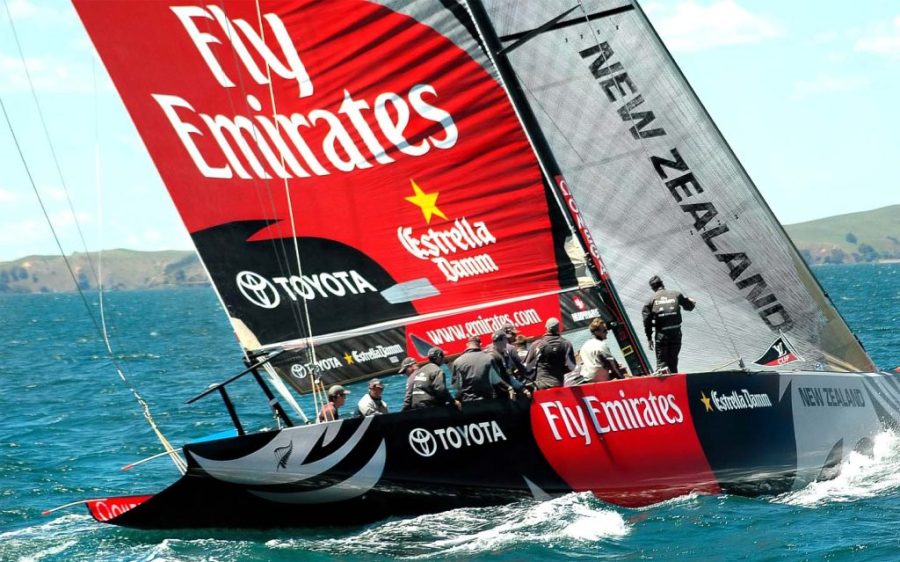The America’s Cup is entering a new era, raising concerns about its unique structure even as teams themselves insist the change is necessary to keep it alive.
Known lovingly as the Auld Mug, the America’s Cup has been contested since 1851, making it the oldest international trophy in sport. But where events like the Olympics and World Cup are planned well in advance, and hosts often selected a decade or more before the event, the America’s Cup shifts with the winds of victory.
The winner, known as the Defender, takes on the responsibility of putting on the next event once a Challenger has thrown down the gauntlet. This huge logistical and financial challenge is made more difficult by its unpredictability, complicating efforts to attract sponsors and secure venues, and its length. Multi-challenger cycles, which emerged in the 1970s, can run for months at a time.
The newly adopted America’s Cup Partnership (ACP) aims to alleviate some of that burden, reports Yachting World, allowing for long-term investment and increased financial stability for the event and teams. But some worry that “democratising” the event will rob it of everything that made it unique – and sour interest from the “steady stream of billionaires” who have kept it afloat for nearly two centuries.
[See more: UK team clinches inaugural Macao Match Cup at international regatta]
It’s “the biggest step change in the history of the cup,” Sir Ben Ainslie, whose team Athena Racing represents the Royal Yacht Squadron, the Challengers of Record, told Yachting World, and “critical” to the event’s future success. Grant Dalton, CEO of Emirates Team New Zealand representing the Defenders, the Royal New Zealand Yacht Squadron, took an even bolder position, insisting that if they hadn’t adopted the ACP, “it could have been pretty much the end of the cup.”
Both men played active roles in developing the ACP and getting it across the finish line, emphasising that the changes not only contribute to the financial viability of Auld Mug, they could also allow for events every two years (instead of the normal 3-4 years) and allow more teams to compete. But by removing the appeal and prestige of the winner-takes-all model, it risks reducing the America’s Cup to just another world championship of sailing, distinguishable for its age but little else.
Dalton and Ainslie disagree, although the latter admitted that convincing stakeholders has been a challenge. He credits Dalton with getting everyone on board. These are big changes, but “we knew that if we didn’t do anything then we might not have a Cup in 10 years’ time,” Dalton told the magazine.






